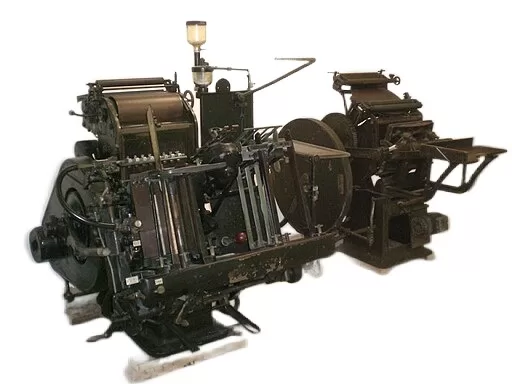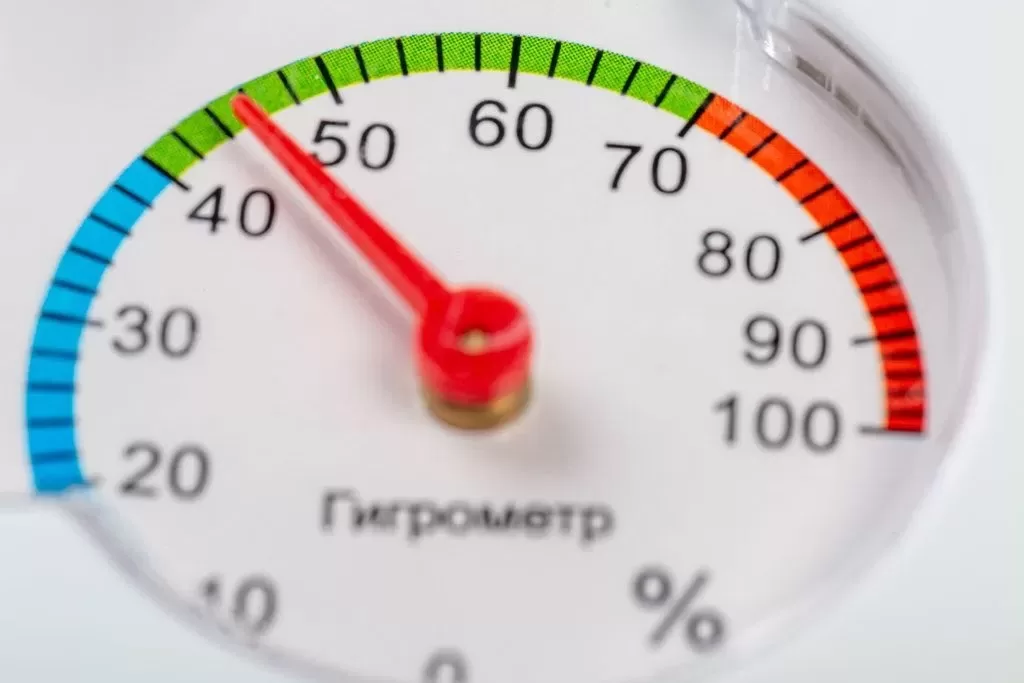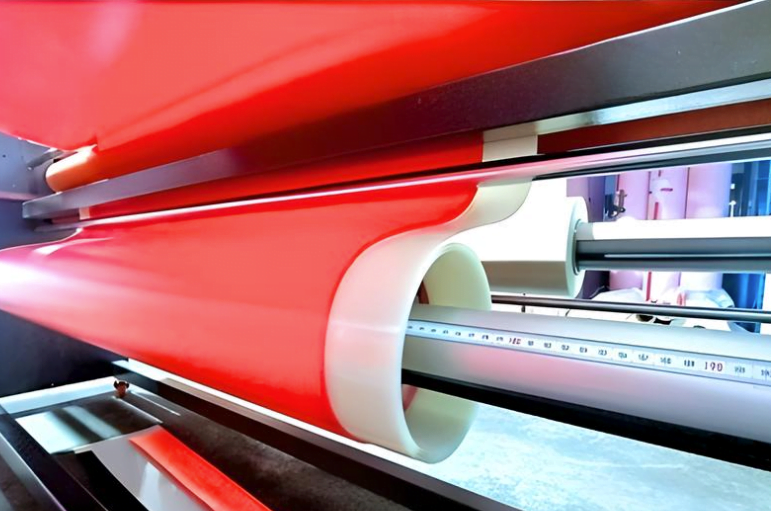Things to know about the flexographic printing process
Flexographic printing is one of many printing processes, but it is a particularly beautiful, versatile and interesting one. Read the history to find out what makes it so special and why it will continue to be essential in the future.
Flexographic printing is on everyone’s lips, and not just in the printing trade. At a time when many consumer goods industries, sectors and markets are developing and growing at an increasingly rapid pace, and when quality demands and logistical requirements are also rising successively, attributes such as flexibility and efficiency are naturally high on the agenda. Attributes that are part of the basic noise in modern flexographic printing per se and are also constantly evolving towards even greater material and application diversity. But how did it actually come about that this printing process is so in demand today ? So, Let’s look back in the mirror of time.
Flexographic printing: on course for success since 1907
It all started with the invention of letterpress printing, thanks to Gutenberg, and anno Tobak, when libraries were still reserved for male club members and smoking cigars at the table was still socially acceptable, a certain Carl Holweg developed aniline printing – printing with the aid of aniline inks (dissolved in alcohol). In 1907, the mechanical engineer patented the printing of paper webs using elastic printing plates on a rotary printing press. The further development of rotary printing was followed by the heyday of industrial mass printing – in letterpress, gravure and planographic or offset printing. Aniline printing became flexographic printing in 1952. Daily newspapers and glossy magazines could now be produced quickly and cost-effectively in long runs, as could brochures, leaflets and mail order catalogs. As a result, not only advertising, business and logistics flourished – from then on, packaging also came into focus from all sides.
Flexographic printing in the changing face of packaging
Initially seen purely as a functional means of protecting and carrying goods, it has increasingly been used as an advertising medium. Today’s perfect packaging is a kind of Wolpertinger, an egg-laying lizard. It combines important material properties, meets the highest quality requirements and allows a wide range of design options, which is why this printing process in particular is so popular as a versatile mass printing process in the packaging industry.
In addition, packaging is becoming the topic of the future in climate and environmental policy, but that is a chapter in itself (more on that later). In short, in the increasingly fierce competition, the outer packaging is as important as the content and the form, because with the packaging alone, every manufacturer wants to impress and shine. Ideal for flexographic printing.
But what exactly does flexographic printing mean and what are the advantages in packaging design? What exactly can be processed with flexo printing and what specifics regarding color and material must be taken into account in this process? What are the advantages and opportunities associated with it, and what are the disadvantages?
We clarify and explain these and many other aspects in our new knowledge database “Flexographic Printing in the Mirror of Time,” which we are continuously expanding with new articles at this point.
Read in the next post about What exactly is flexographic printing?





